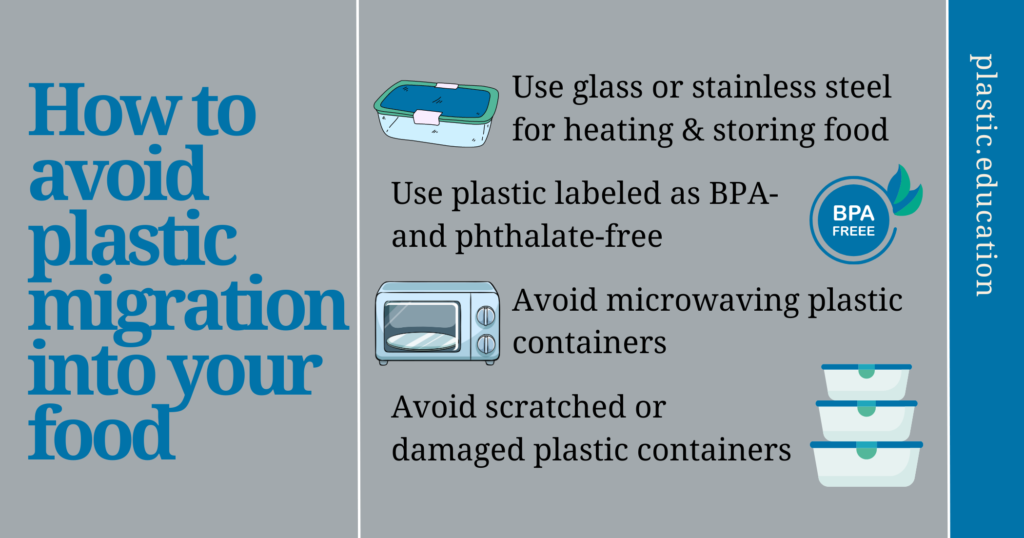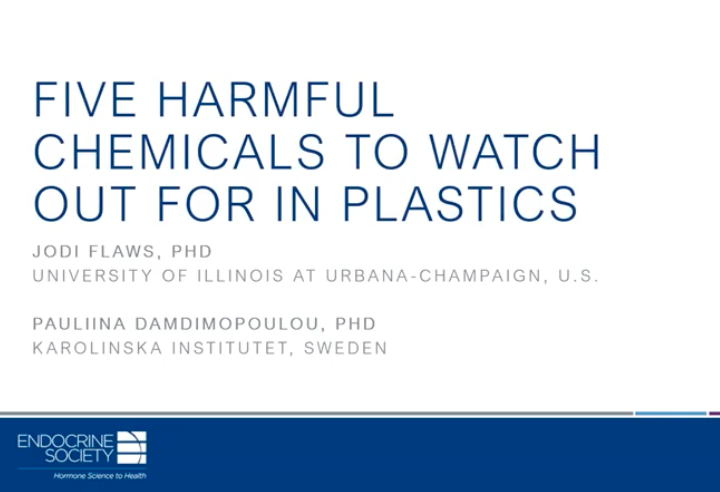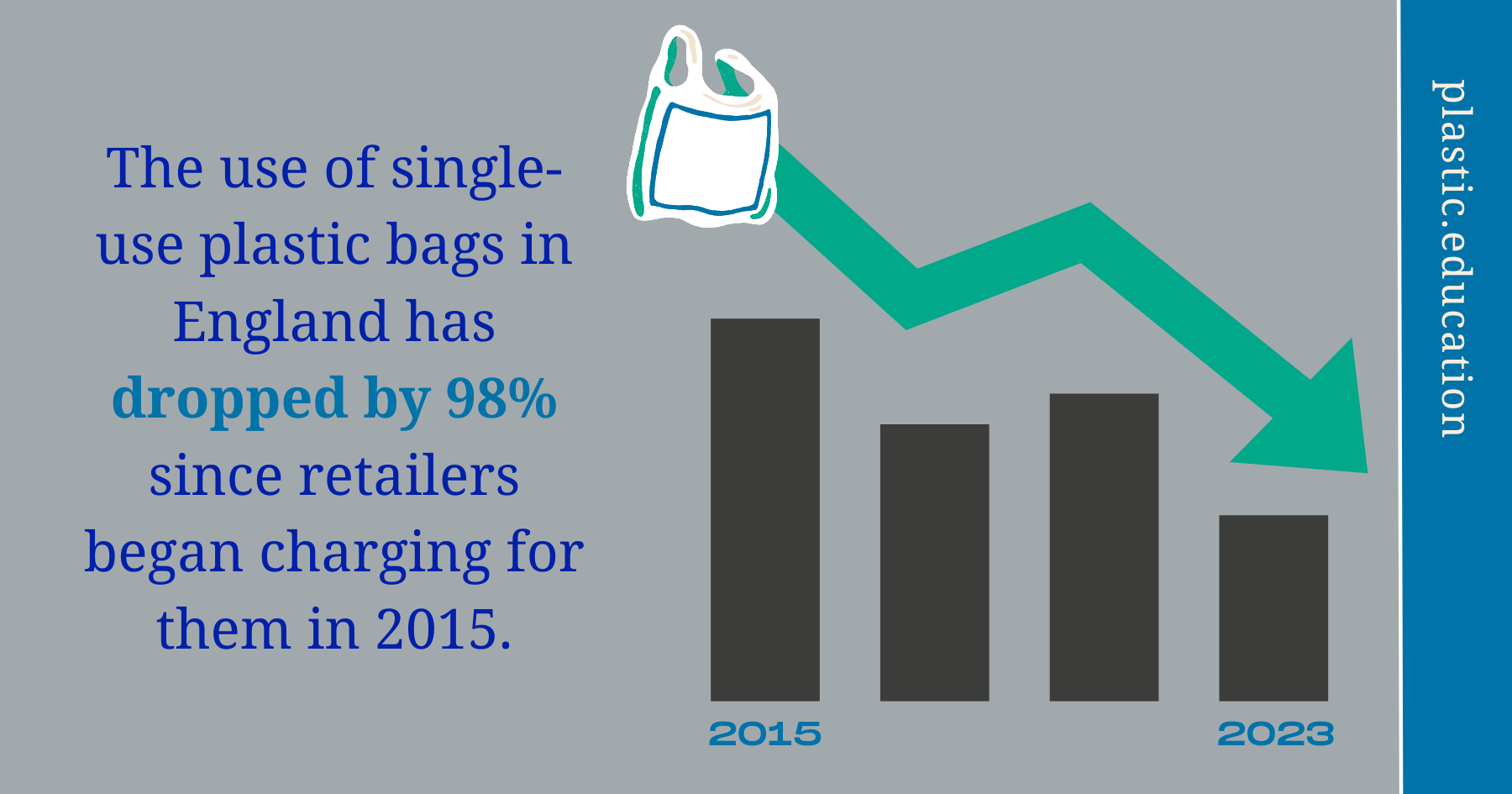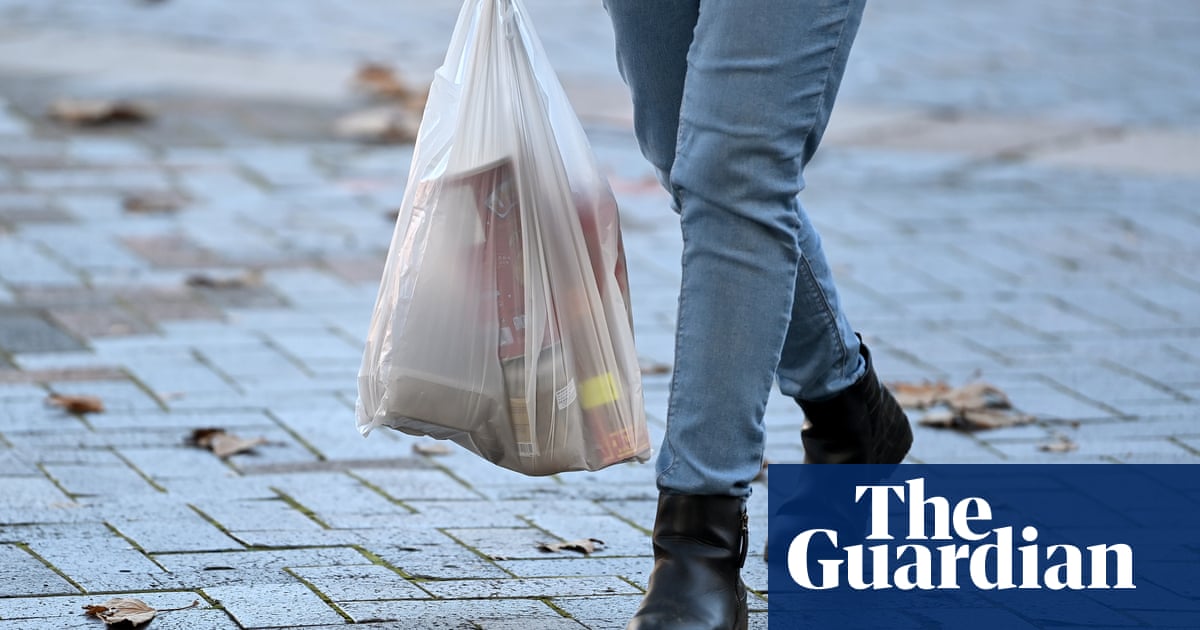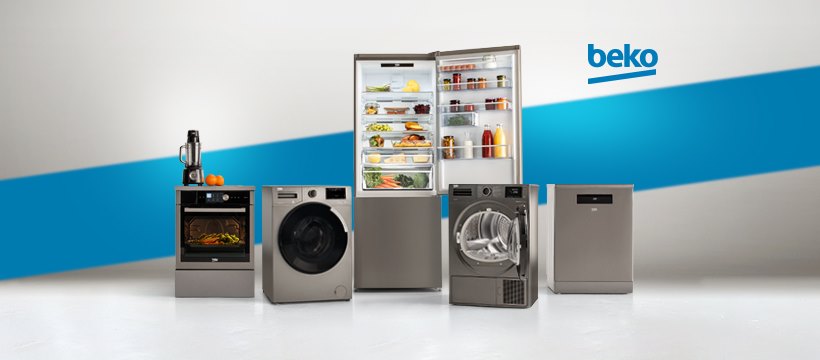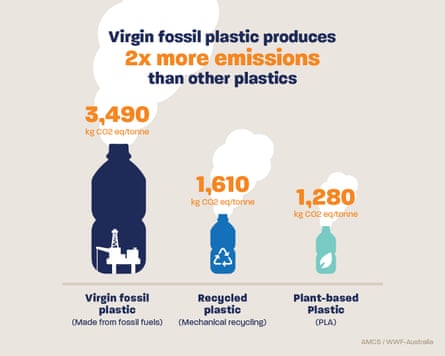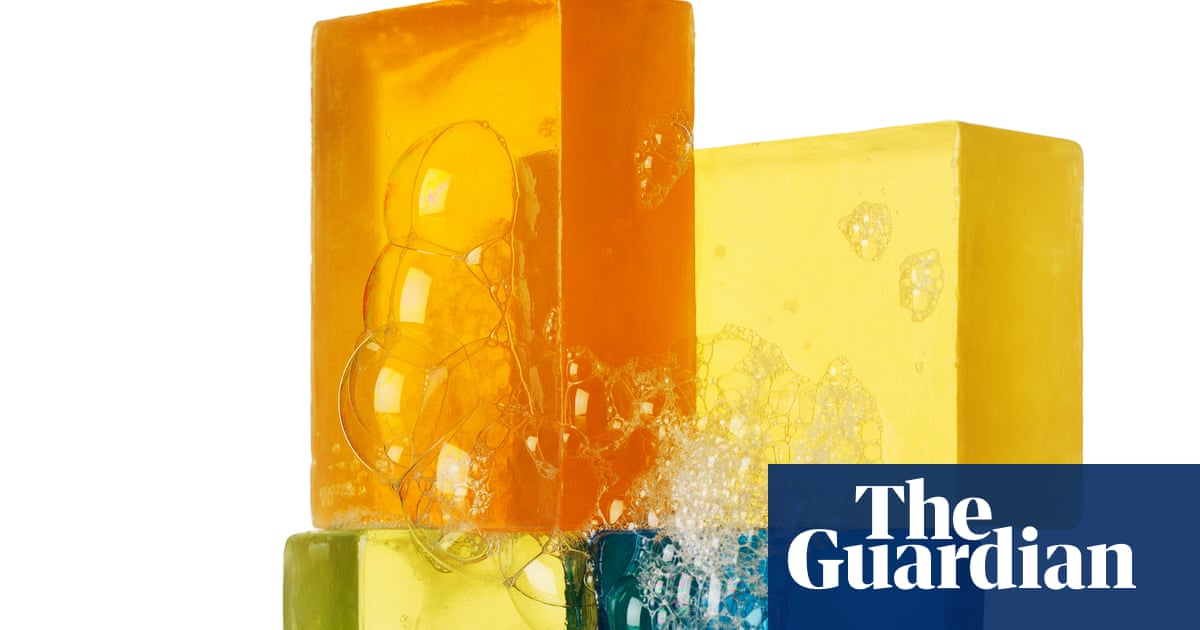
Scientists have discovered a method to give new life to old plastic – by converting it into soap.
Plastics are chemically similar to fatty acids, which are one of the main ingredients in soap. For Guoliang Liu, an associate professor of chemistry at Virginia Tech and author of the paper published in the journal Science, this similarity suggested it should be possible to convert polyethylene into fatty acids, and then into soap. The problem was size: molecularly, plastics are very large, about 3,000 carbon atoms long, whereas fatty acids are much smaller.
The solution came to Liu in an unusual way. “It was Christmas. I was watching the fireplace,” he said.
When firewood burns, it gives off smoke, which is made up of smaller particles of the firewood. Liu wondered whether burning plastic would work the same way.
“Firewood is mostly made of polymers such as cellulose. The combustion of firewood breaks these polymers into short chains, and then into small gaseous molecules before full oxidation to carbon dioxide,” he said. “If we similarly break down the synthetic polyethylene molecules but stop the process before they break all the way down to small gaseous molecules, then we should obtain short-chain, polyethylene-like molecules.”
Liu and colleagues built an oven-like reactor that could be used to safely burn plastic. The temperature at the bottom was hot enough to break up the polymer chains, while the top was cooled low enough to stop them breaking down too far.
The scientists collected the residue and found the product they had created was short-chain polyethylene, a type of wax. They then went on to turn the wax into soap.
“It’s the first soap ever made from plastic in the world,” Liu said. “It has a bit of a unique colour. But it works.”
Liu’s method works on polyethylene and polypropylene, which are the two most common types of plastic. Together, they make up about half of all plastic waste: close to 200m tonnes every year. More than 80% of plastic waste goes to landfill, while less than 10% is recycled. One of the benefits of Liu’s method is that it works on “end-of-life” plastics, which cannot be recycled through normal means. The method was also designed to be able to be scaled for use in an industrial setting.
Liu urged caution, though. “Plastic pollution is a global challenge,” he said. “It’s one of the major problems facing our society, and this is one piece of a bigger puzzle. We need a joint effort between the research and industrial communities. And the best way to avoid plastic pollution is to minimise the use of plastics.”

